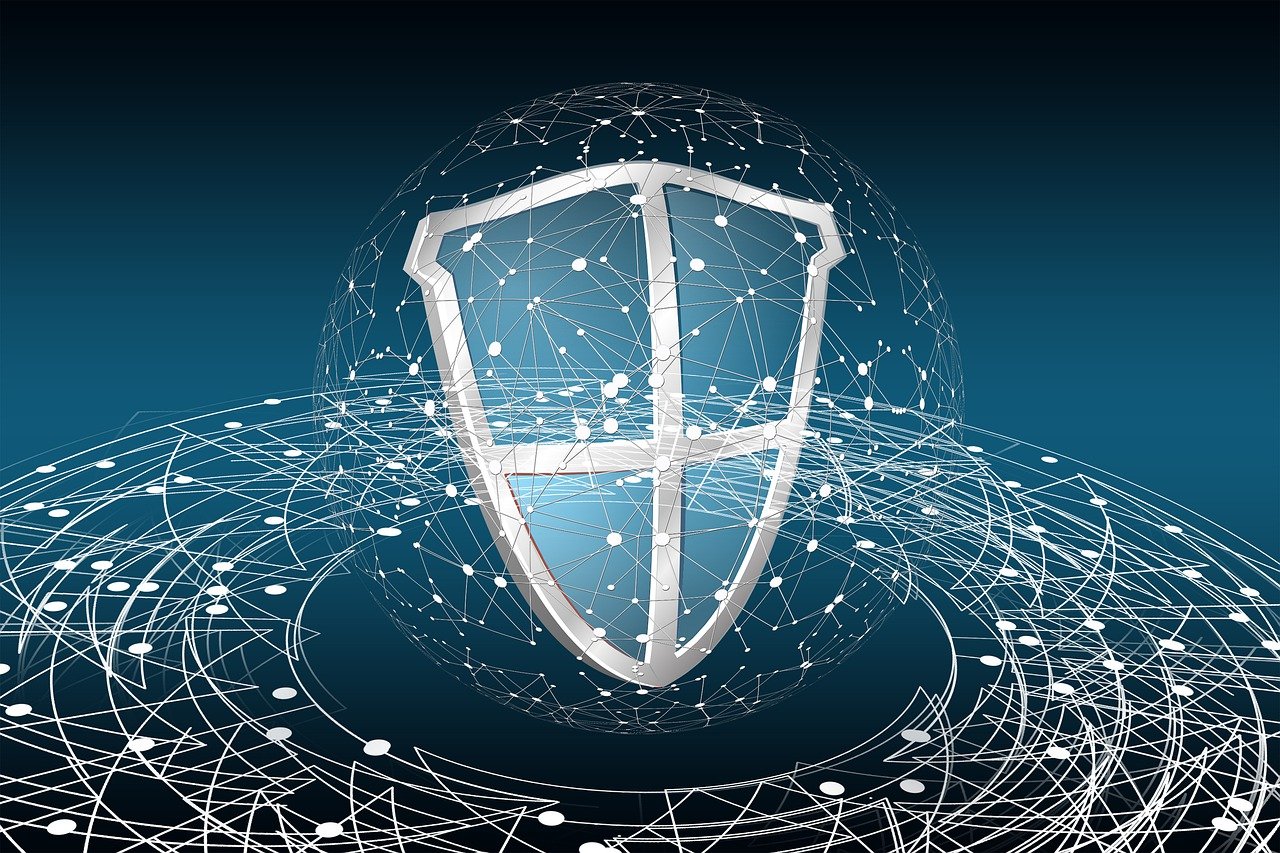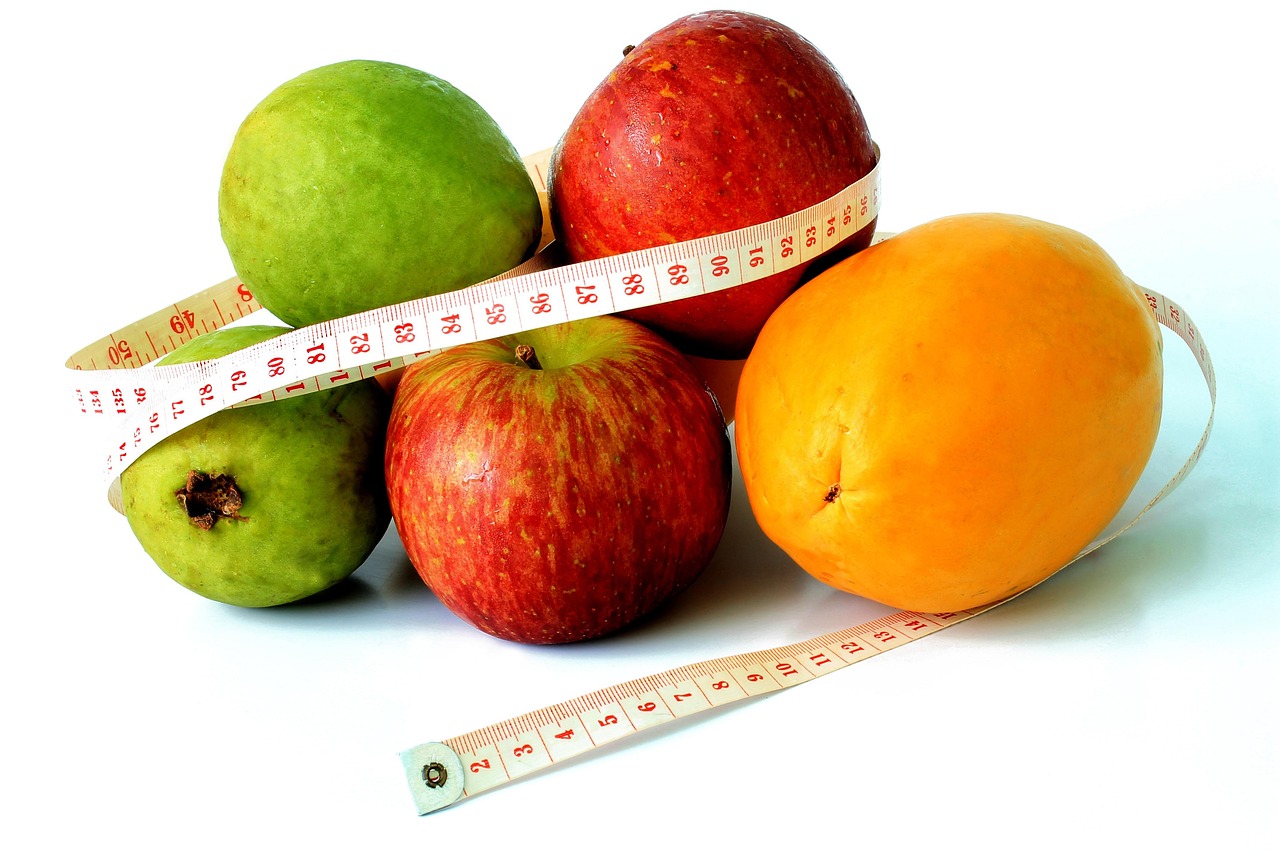Power Converter
Konverter Daya adalah perangkat atau sistem yang mengubah energi listrik dari satu bentuk ke bentuk lainnya, biasanya dari satu jenis tegangan atau arus ke jenis lainnya, atau dari satu frekuensi ke frekuensi lainnya. Konverter ini penting dalam sistem kelistrikan dan elektronik untuk memastikan bahwa daya disuplai dalam bentuk, kuantitas, dan kualitas yang benar untuk penggunaan yang dimaksudkan.
A Power Converter is a device or system that changes electrical energy from one form to another, typically from one type of voltage or current to another, or from one frequency to another. These converters are essential in electrical and electronic systems to ensure that power is supplied in the correct form, quantity, and quality for the intended application.
Types of Power Converters:
-
AC to DC Converter (Rectifier):
- Converts alternating current (AC) to direct current (DC).
- Commonly used in power supplies for devices like computers, phones, and battery chargers.
- Example: A rectifier used to convert the AC from a wall outlet into DC for a laptop charger.
-
DC to AC Converter (Inverter):
- Converts direct current (DC) to alternating current (AC).
- Widely used in solar power systems, where solar panels generate DC, and inverters convert it to AC for use in homes or businesses.
- Example: Solar inverters that convert DC power from solar panels into AC power for household use.
-
AC to AC Converter (Cycloconverter or AC Regulator):
- Converts one form of AC voltage or frequency to another AC form, usually with a change in frequency or amplitude.
- Often used in applications like motor speed control, where the frequency of the AC power needs to be adjusted.
- Example: Cycloconverters used in industrial motors or frequency control.
-
DC to DC Converter:
- Converts direct current (DC) from one voltage level to another.
- These are used in many devices that require different voltage levels for different parts of the circuit, such as power supplies in electronics and battery-powered systems.
- Examples include buck converters (to step down voltage) and boost converters (to step up voltage).
Functions and Principles:
-
Voltage Conversion:
- Many power converters change the voltage level to match the needs of a device or system. For instance, you might need to step down 120V AC to 5V DC for an electronic circuit.
-
Current Conversion:
- Power converters can also change the current level, ensuring that the correct amount of current is supplied to the load, without overloading the system.
-
Frequency Conversion:
- Some converters, particularly in AC-to-AC systems, change the frequency of the electrical signal. This is important for systems like electric motors that need specific frequency levels for efficient operation.
-
Power Factor Correction:
- Power converters often incorporate power factor correction (PFC) to optimize the use of the electrical power in the system, ensuring that the real power is maximized and reactive power is minimized.
-
Power Efficiency:
- Efficient power conversion ensures that as little energy as possible is lost during the conversion process. High-efficiency converters are crucial in reducing energy consumption and managing heat generation in electrical systems.
Key Components of Power Converters:
-
Rectifiers (for AC to DC conversion):
- Diodes or thyristors are used to convert AC to DC by allowing current to flow only in one direction.
-
Inverters (for DC to AC conversion):
- Transistors or switches are used to rapidly change the polarity of the DC, creating a simulated AC waveform.
-
Transformers (for AC to AC conversion):
- Transformers adjust the voltage level by electromagnetic induction and can be used in combination with rectifiers and inverters to convert and control power.
-
Filters:
- Filters smooth out the output waveform, particularly in DC output from an AC source, reducing ripples and making the power more stable for use by electronic circuits.
-
Control Circuits:
- Power converters often have control systems (like pulse-width modulation, or PWM) that regulate the operation of the converter to maintain stable voltage and current output.
Applications of Power Converters:
-
Power Supplies:
- Power converters are used in power supplies for a wide range of devices, from consumer electronics (laptops, phones, TVs) to industrial machinery.
-
Renewable Energy:
- In solar power systems, inverters convert the DC generated by solar panels into AC for use in homes and businesses. Wind turbines also use power converters to convert the output to the required form for the grid.
-
Electric Vehicles (EVs):
- EVs use DC-to-DC converters to manage the battery's charge and to step up or step down the voltage to different levels for the vehicle's electrical systems.
-
Uninterruptible Power Supplies (UPS):
- Power converters are critical in UPS systems to provide backup power during an outage. They convert stored DC power in batteries into AC to supply to devices during a power failure.
-
Motor Drives:
- Power converters are used in motor drives to control the speed and torque of electric motors. They adjust the frequency of the electrical signal to control the motor's operation.
-
Industrial Control Systems:
- In manufacturing and automation, power converters are used to control the energy fed into machines and equipment, ensuring stable operation and energy efficiency.
-
Telecommunications:
- In telecommunications, power converters ensure that communication equipment receives a consistent voltage supply, regardless of fluctuations in the grid.
-
Consumer Electronics:
- Power converters are found in nearly all consumer electronics, from phone chargers to televisions, where they convert AC to DC, adjust voltage, and ensure stable operation.
Benefits of Power Converters:
-
Energy Efficiency:
- Power converters allow for energy-efficient operation of electrical devices, reducing energy waste and improving overall system performance.
-
Voltage and Frequency Compatibility:
- Power converters make it possible to use electrical devices across different regions with varying voltage and frequency standards (e.g., 110V 60Hz in the US vs. 230V 50Hz in Europe).
-
Device Protection:
- By regulating and converting power to the correct form, power converters protect sensitive devices from voltage spikes, fluctuations, and other electrical disturbances.
-
Cost Savings:
- Efficient power conversion reduces energy consumption and operational costs, which is especially important for large-scale operations or high-power systems.
Example:
A solar power system typically consists of solar panels (which produce DC power), an inverter (which converts DC to AC power), and a charge controller (which manages the charging of the battery). The power converter (the inverter) ensures that the energy from the solar panels can be used for household appliances that require AC power.
Conclusion:
A Power Converter is a crucial device in modern electrical systems, ensuring that electrical power is supplied in the appropriate form, voltage, and frequency for the load. Whether converting between AC and DC, adjusting voltage or frequency, or optimizing efficiency, power converters help ensure that energy is used effectively and safely across a wide range of applications, from household electronics to industrial machinery.
Would you like more details on specific types of power converters or how they work in particular applications?

Codebee Co., Ltd.
Development Team
Nikmati hal-hal kecil dalam hidup. Untuk suatu hari, Anda mungkin melihat ke belakang dan menyadari bahwa itu adalah hal yang besar. Banyak kegagalan hidup yang disebabkan oleh orang-orang yang tidak menyadari betapa dekatnya mereka dengan kesuksesan ketika mereka menyerah.












